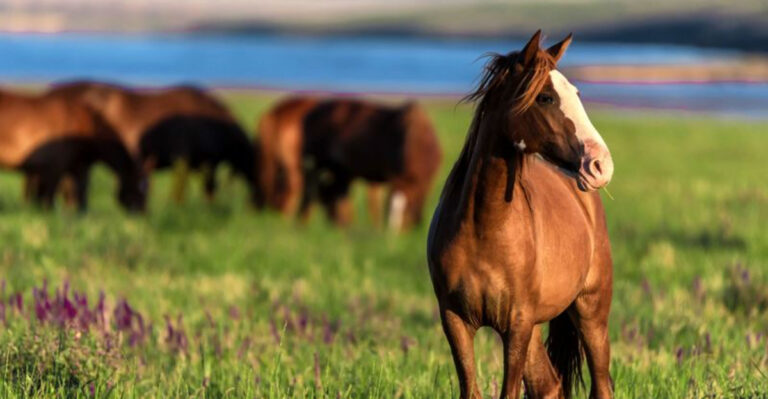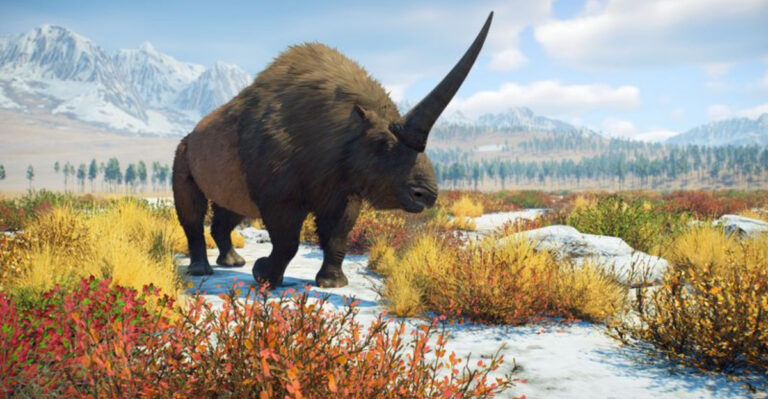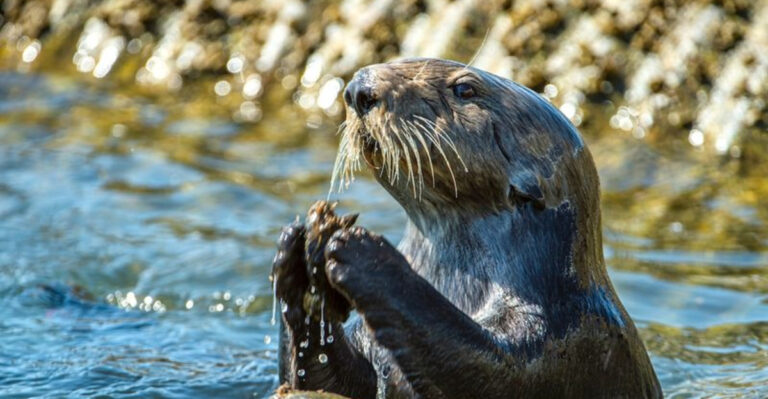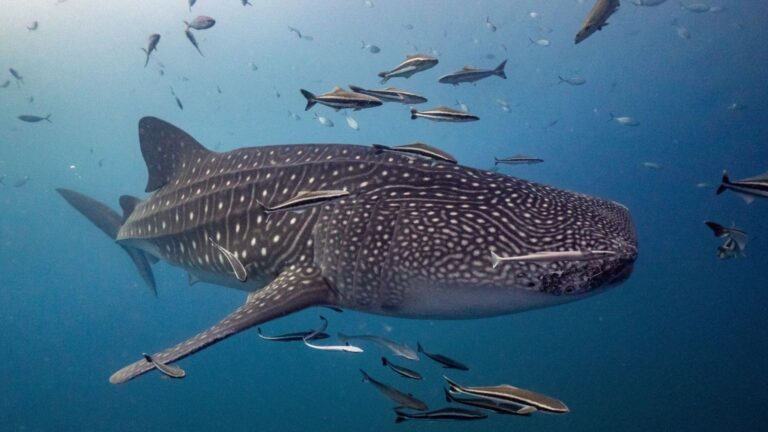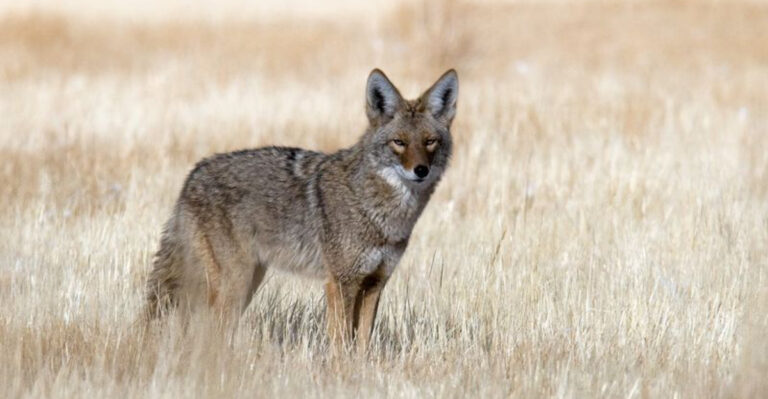15 Snakes You Should Be Aware Of In The U.S.
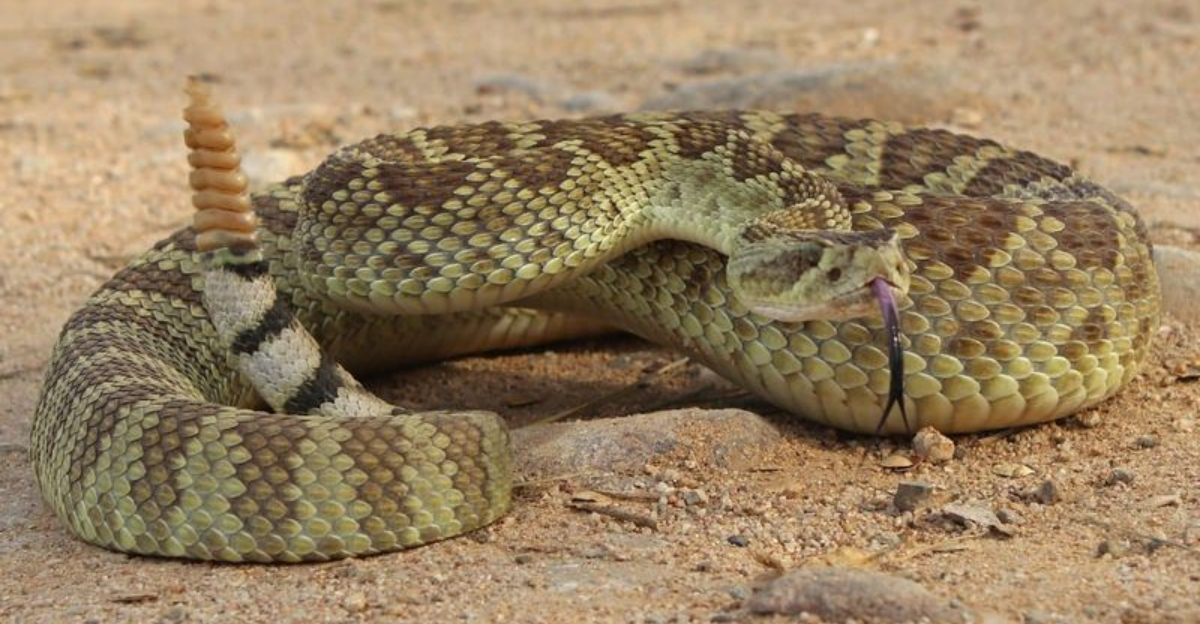
Snakes slither across America’s diverse landscapes, from deserts to forests and swamps. While most avoid humans, knowing which species pose dangers can keep you and your family safe during outdoor adventures.
Whether you’re hiking, camping, or just enjoying your backyard, understanding these notable snake species might save you from a dangerous encounter.
1. Eastern Diamondback Rattlesnake
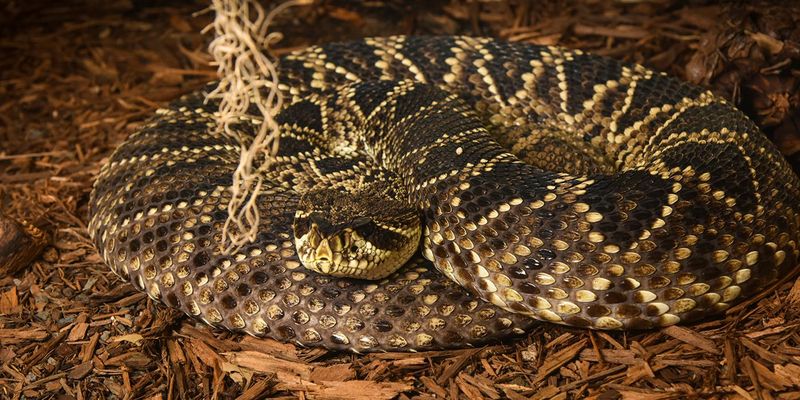
America’s largest venomous snake packs a powerful punch. Growing up to 8 feet long, these muscular serpents deliver enough venom to kill several adults.
Their distinctive diamond pattern and warning rattle give fair notice before striking. Found throughout southeastern states, they prefer pine forests and palmetto thickets where they ambush prey with remarkable precision.
2. Coral Snake
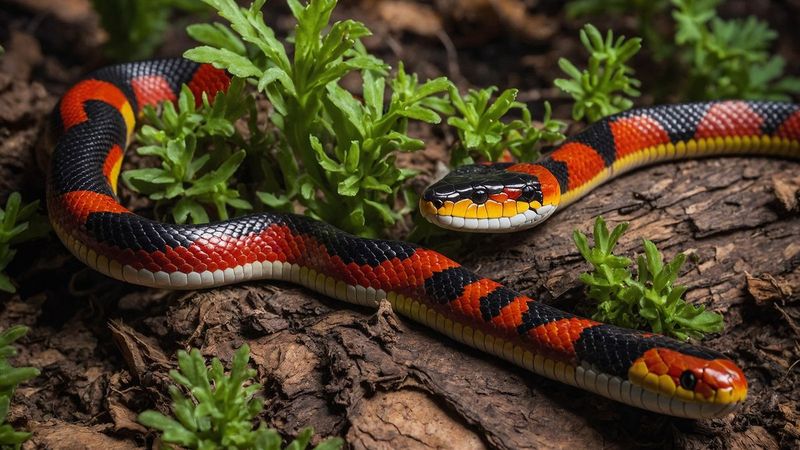
Remember the rhyme: “Red touch yellow, kill a fellow.” This brightly colored serpent sports red, yellow, and black bands in that specific order, signaling its deadly nature.
Unlike rattlesnakes, coral snakes lack fangs but chew venom into victims. Though shy and rarely encountered, their neurotoxic venom causes respiratory failure. They burrow beneath forest debris across southern states.
3. Copperhead
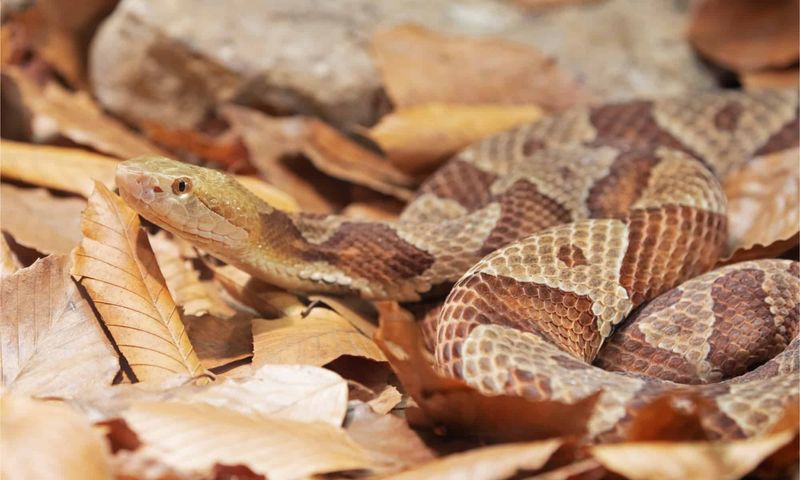
Masters of camouflage, copperheads blend perfectly with autumn leaves. Their copper-colored hourglass patterns across a tan body make identification tricky in their woodland homes.
Unlike other venomous snakes, copperheads rarely warn before striking. While their venom rarely kills adults, it causes extreme pain and tissue damage. They’re common throughout eastern and central states, often lurking near human habitations.
4. Western Diamondback Rattlesnake
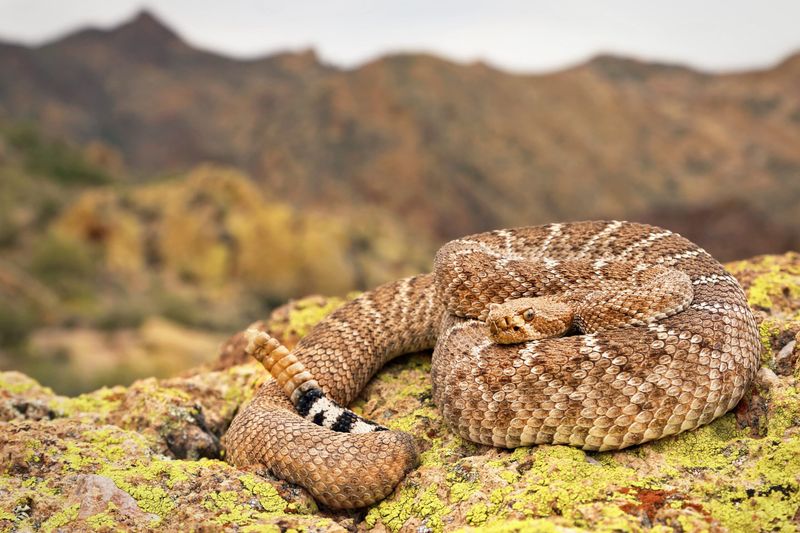
The iconic desert rattler stars in countless Western films. Sporting a distinctive black-and-white banded tail above its rattle, this aggressive serpent doesn’t retreat easily when threatened.
Responsible for more snakebites than any other U.S. species, they deliver hemotoxic venom that destroys tissue. These adaptable predators thrive in southwestern deserts, grasslands, and even suburban areas where development encroaches on their territory.
5. Timber Rattlesnake
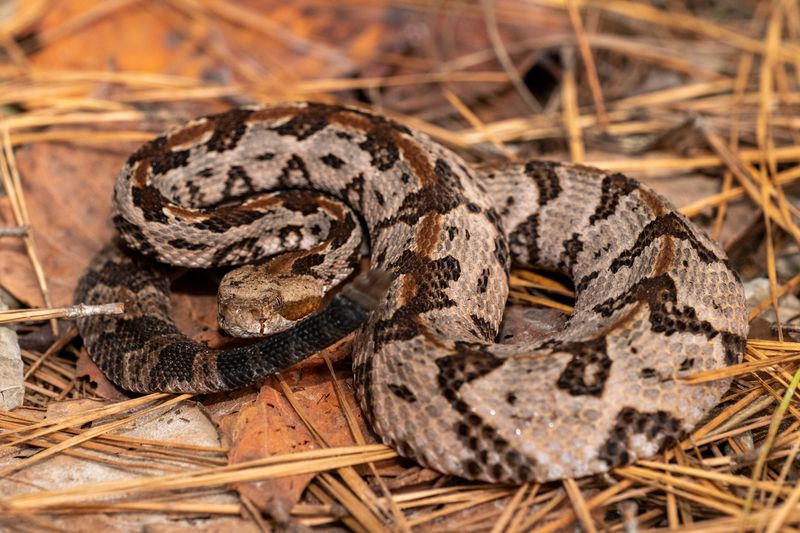
Colonial Americans chose this snake for the “Don’t Tread On Me” flag for good reason. With impressive size and potent venom, timber rattlers command respect across eastern woodlands.
Their color varies from yellow to black, with distinctive dark chevron patterns. Unlike their western cousins, they’re typically docile unless provoked. Conservation efforts protect these declining predators that control rodent populations in hardwood forests.
6. Water Moccasin (Cottonmouth)
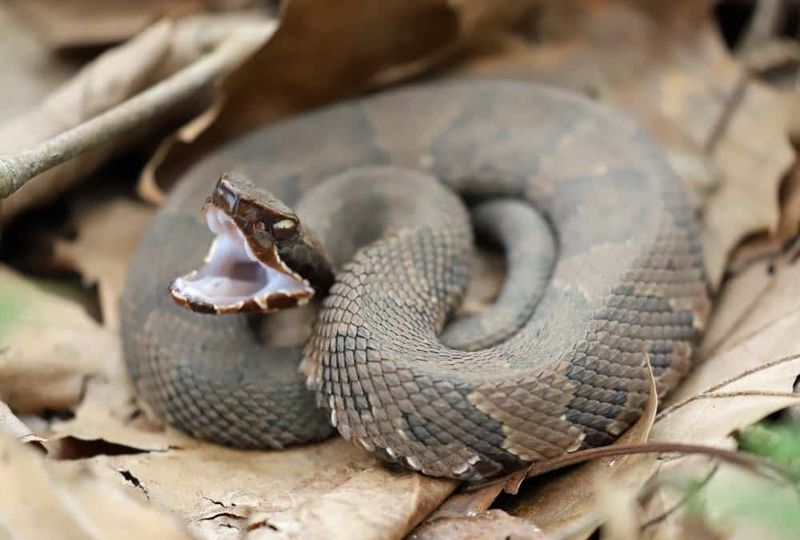
The infamous white-mouthed threat of southern waterways swims with its head held high. When threatened, cottonmouths display their startling white mouth lining – a warning that commands immediate respect.
Their thick, dark bodies with faint banding help them lurk among cypress knees and marshy edges. Semi-aquatic hunters, they feast on fish, frogs, and small mammals throughout southeastern swamps, making them a hazard for waders and boaters.
7. Prairie Rattlesnake
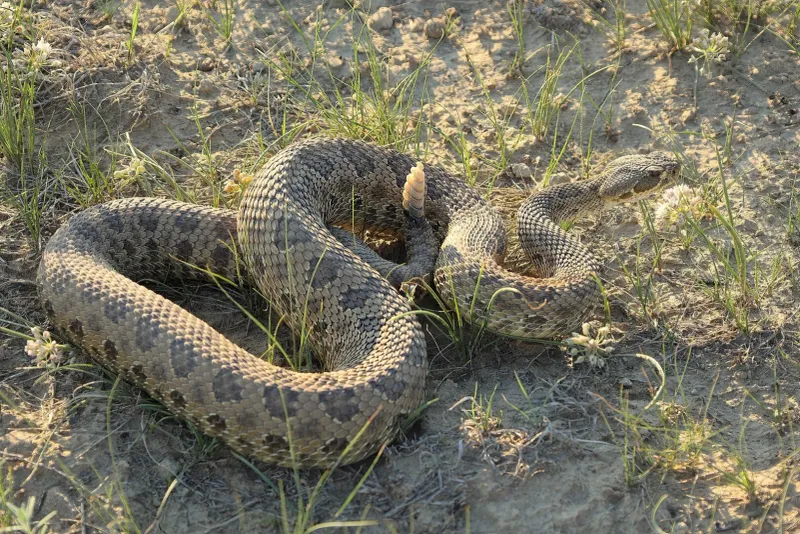
Vast grasslands of America’s heartland house this medium-sized rattler. Greenish-gray with oval blotches, prairie rattlesnakes patrol the Great Plains hunting ground squirrels and prairie dogs.
Their venom efficiently dispatches small mammals while posing serious danger to humans. Early pioneers feared these snakes during westward expansion. Today, they still pose risks to ranchers, hikers, and agricultural workers across midwestern and western states.
8. Mojave Rattlesnake
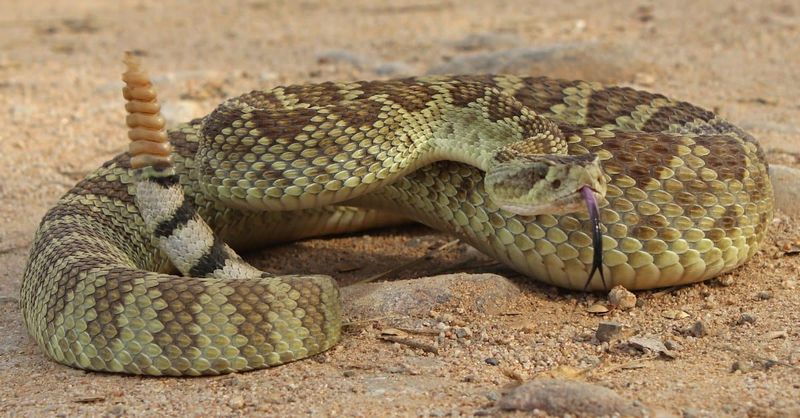
Don’t be fooled by its modest size – this desert dweller packs the most potent venom of any North American rattlesnake. Unlike other rattlers, Mojave venom contains neurotoxins that attack the nervous system.
Their light greenish body bears diamond markings similar to their cousins. Found across southwestern deserts, they become active during cooler evening hours. Their aggression and toxic bite make them particularly dangerous to desert hikers and campers.
9. Pygmy Rattlesnake
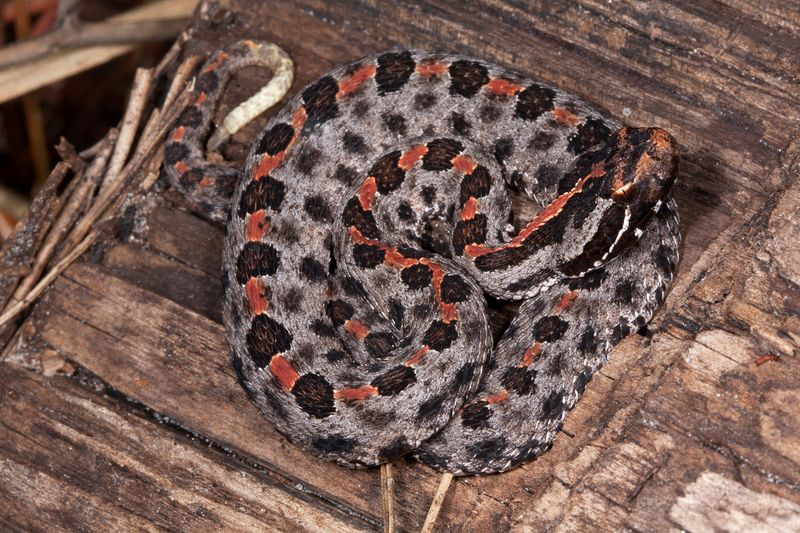
Small but feisty, these miniature rattlers barely reach two feet long. Their tiny rattle sounds more like an insect buzz than the classic rattle warning, making them easy to overlook.
Despite their size, pygmy rattlesnakes deliver painful, venomous bites. Gray, reddish, or almost black in color with dark spots, they inhabit pine flatwoods and wetland edges across southeastern states. Gardeners and barefoot walkers face the greatest risk from these diminutive dangers.
10. Massasauga Rattlesnake
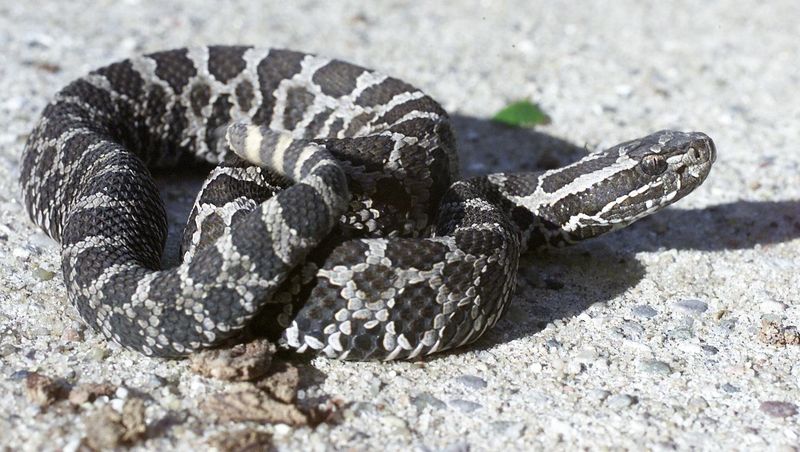
Wetland warriors of the Midwest, these medium-sized rattlers navigate marshes and wet prairies with surprising agility. Their name comes from Chippewa words meaning “great river-mouth.”
Gray or light brown with dark blotches, Massasaugas prefer soggy habitats most humans avoid. Endangered throughout much of their range, conservation efforts protect these reluctant biters. Their venomous bite requires medical attention but rarely proves fatal to healthy adults.
11. Sidewinder Rattlesnake
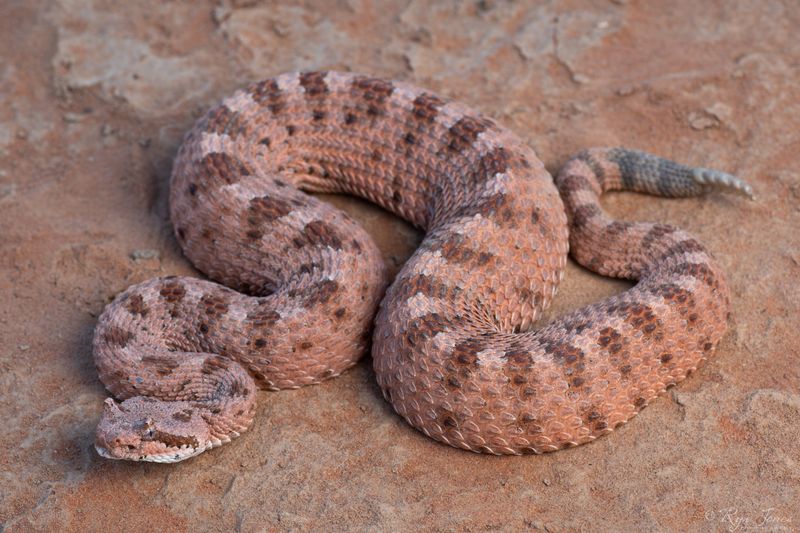
Famous for their unique sideways locomotion that leaves J-shaped tracks in desert sand, sidewinders have evolved specialized adaptations for extreme environments. Their raised scales keep body contact with scorching sand minimal.
Horned scales above each eye give them a devilish appearance. These small rattlesnakes survive in America’s hottest deserts where few other creatures thrive. Though venomous, their remote habitat means human encounters remain relatively rare.
12. Garter Snake
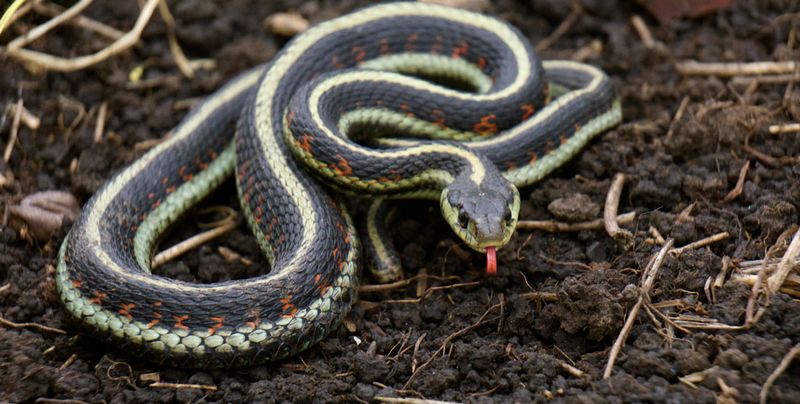
Backyard friends rather than foes, these slender serpents with distinctive stripes running lengthwise along their bodies are among America’s most common snakes. Most species have yellow or white stripes against dark backgrounds.
Technically venomous but harmless to humans, their mild toxin helps subdue worms and amphibians. Gardeners benefit from their appetite for slugs and pests. Found nationwide except for the driest deserts, garter snakes adapt well to suburban environments.
13. King Snake
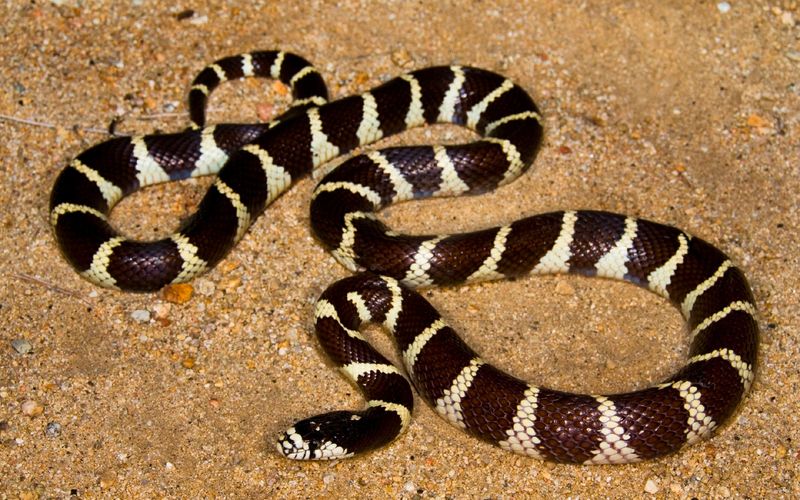
Nature’s rattlesnake control specialists, king snakes fearlessly devour other serpents, including venomous species. Their immunity to rattlesnake venom makes them valuable neighbors.
Various species display different patterns – the most famous being the striking black and white bands of California king snakes. Completely harmless to humans, they constrict rather than envenomate prey. Their presence often indicates fewer dangerous snakes in the area.
14. Bull Snake
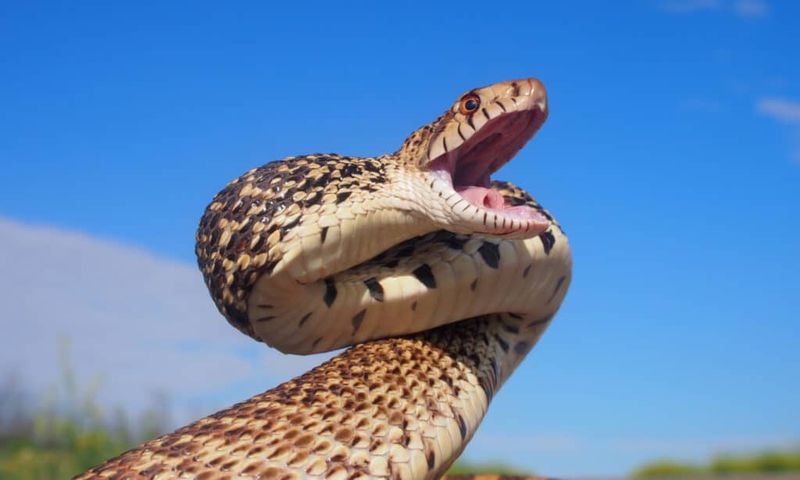
Nature’s ultimate bluffer, bull snakes mimic rattlesnakes when threatened – flattening their heads, vibrating their tails, and hissing loudly. This impressive defensive display fools many predators and humans alike.
Growing up to 8 feet long, these powerful constrictors control rodent populations on farms and grasslands. Their yellow bodies with brown blotches resemble rattlesnakes, causing unnecessary killings by mistaken humans across the Great Plains and western states.
15. Rat Snake
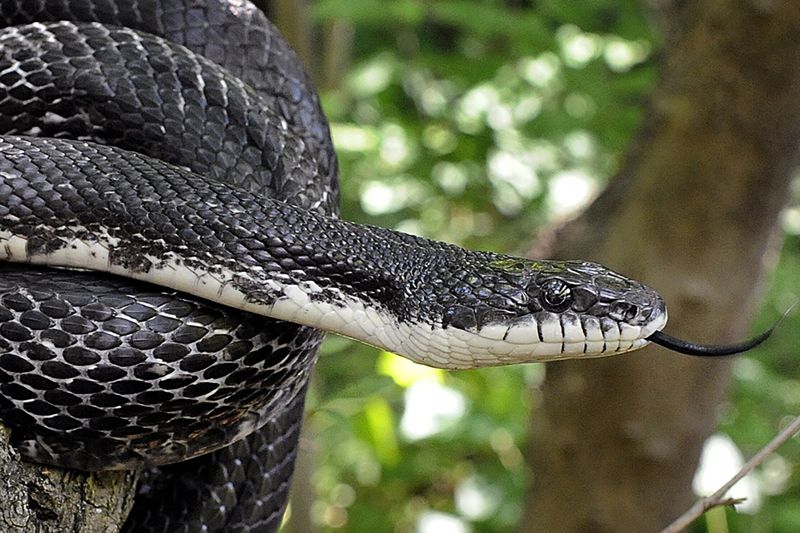
Excellent climbers and rodent hunters, various rat snake species patrol forests and farms across America. Their slender black, yellow, or gray bodies can exceed 6 feet in length.
Eastern black rat snakes often den in barns and outbuildings, providing free pest control. Though non-venomous, they defend themselves vigorously when cornered. Their tendency to climb trees and even houses sometimes leads to surprising encounters with humans in attics and upper stories.

